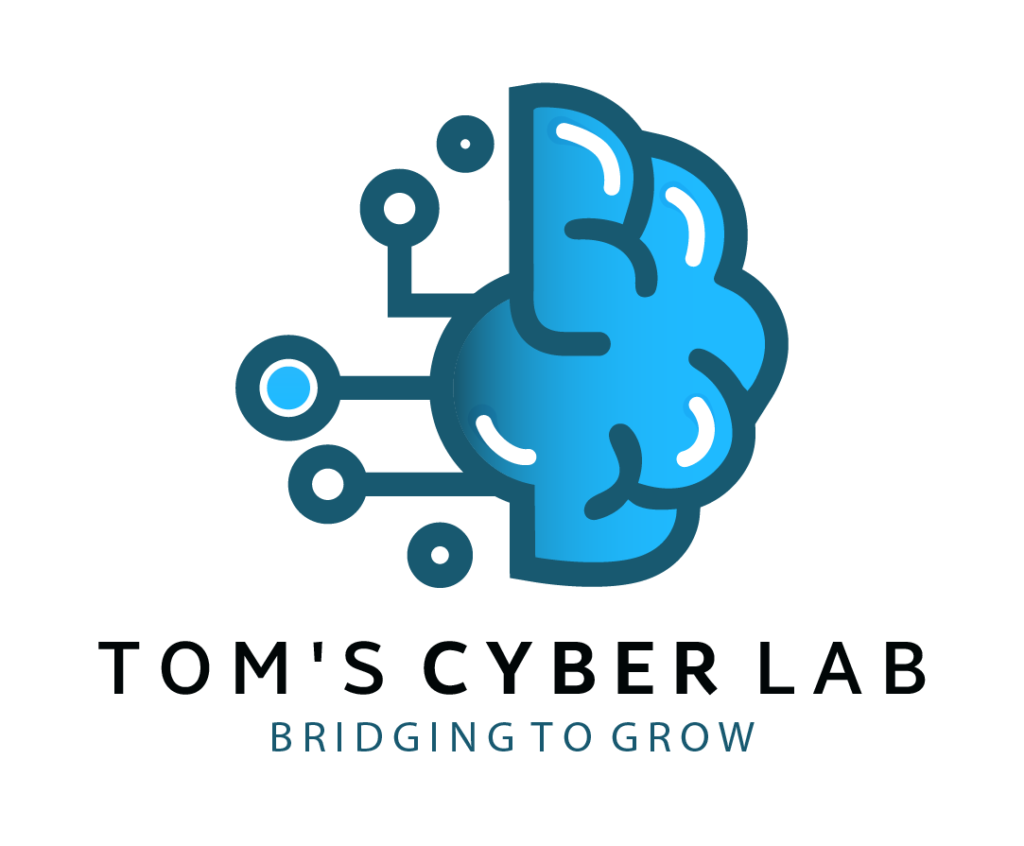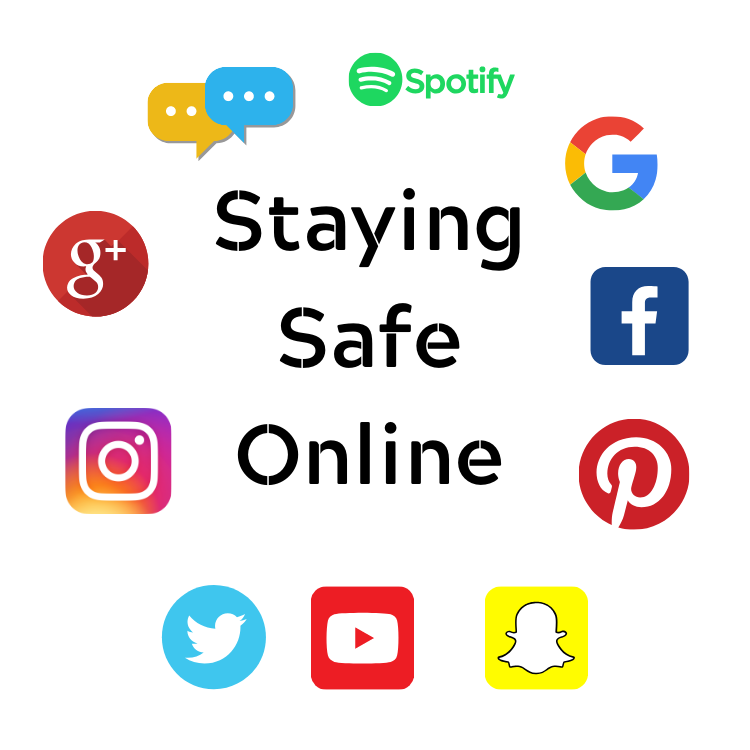The Internet can feel like a dangerous place these days, With hacks, scams, malware and more. The Internet-connected appliances has opened us up to even greater risks.
But the good news is that by taking just a small handful of security measures we can greatly reduce our exposure to all these threats.
Here are some tips to help you get started:
1. Create Complex Passwords. We know you’ve heard it before, but creating strong, unique passwords for all your critical accounts really is the best way to keep your personal and financial information safe. This is especially true in the era of widespread corporate hacks, where one database breach can reveal tens of thousands of user passwords. If you reuse your passwords, a hacker can take the leaked data from one attack and use it to login to your other accounts. Our best advice: use a password manager to help you store and create strong passwords for all of your accounts.
Then, check to see if your online accounts offer multi-factor authentication. This is when multiple pieces of information are required to verify your identity. So, to log into an account you may need to enter a code that is sent to your phone, as well as your password and passphrase.
2. Boost Your Network Security. Now that your logins are safer, make sure that your connections are secure. When at home or work, you probably use a password-protected router that encrypts your data. But, when you’re on the road, you might be tempted to use free, public Wi-Fi.The problem with public Wi-Fi is that it is often unsecured. This means it’s relatively easy for a hacker to access your device or information. That’s why you should consider investing in a Virtual Private Network (VPN). A VPN is a piece of software that creates a secure connection over the internet, so you can safely connect from anywhere.
3. Use a Firewall. Even if your network is secure, you should still use a firewall. This an electronic barrier that blocks unauthorised access to your computers and devices, and is often included with comprehensive security software. Using a firewall ensures that all of the devices connected to your network are secured, including Internet of Things (IoT) devices like smart thermostats and webcams. This is important since many IoT devices aren’t equipped with security measures, giving hackers a vulnerable point of entry to your entire network.
4. Click Smart. Now that you’ve put smart tech measures into place, make sure that you don’t invite danger with careless clicking. Many of today’s online threats are based on phishing or social engineering. This is when you are tricked into revealing personal or sensitive information for fraudulent purposes. Spam emails, phony “free” offers, click bait, online quizzes and more all use these tactics to entice you to click on dangerous links or give up your personal information. Always be wary of offers that sound too good to be true, or ask for too much information.
5. Be a Selective Sharer. These days, there are a lot of opportunities to share our personal information online. Just be cautious about what you share, particularly when it comes to your identity information. This can potentially be used to impersonate you, or guess your passwords and logins.
6. Protect Your Mobile Life. Our mobile devices can be just as vulnerable to online threats as our laptops. In fact, mobile devices face new risks, such as risky apps and dangerous links sent by text message. Be careful where you click, don’t respond to messages from strangers, and only download apps from official app stores after reading other users’ reviews first. Make sure that your security software is enabled on your mobile, just like your computers and other devices.
7. Practice Safe Surfing & Shopping. When shopping online, or visiting websites for online banking or other sensitive transactions, always make sure that the site’s address starts with “https”, instead of just “http”, and has a padlock icon in the URL field. This indicates that the website is secure and uses encryption to scramble your data so it can’t be intercepted by others. Also, be on the lookout for websites that have misspellings or bad grammar in their addresses. They could be copycats of legitimate websites. Use a safe search tool such as McAfee SiteAdvisor to steer clear of risky sites.
8. Keep up to date. Keep all your software updated so you have the latest security patches. Turn on automatic updates so you don’t have to think about it, and make sure that your security software is set to run regular scans.
9. Lookout for the latest scams. Online threats are evolving all the time, so make sure you know what to look out for. Currently, “ransomware” is on the rise. This is when a hacker threatens to lock you out of all of your files unless you agree to pay a ransom. Stay on top of this and other threats by staying informed.
10. Keep your guard up. Always be cautious about what you do online, which sites you visit, and what you share. Use comprehensive security software, and make sure to backup your data on a regular basis in case something goes wrong. By taking preventative measures, you can save yourself from headaches later on.
Looking for more cyber security tips and trends? Be sure to follow @tomscyberlab on Twitter, and like us on Facebook.


